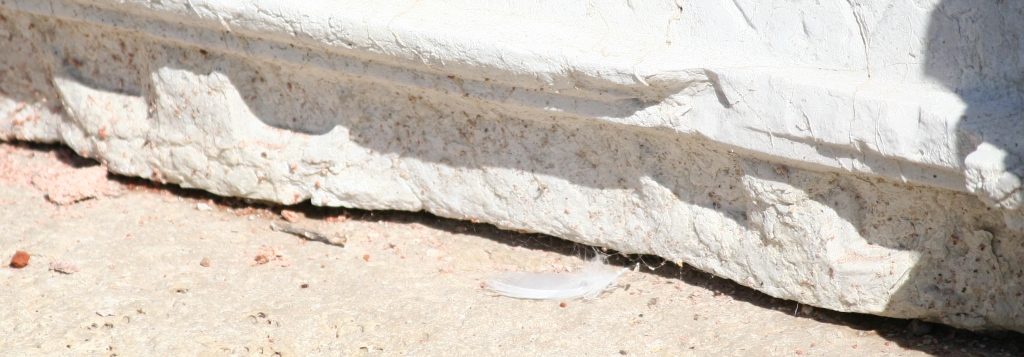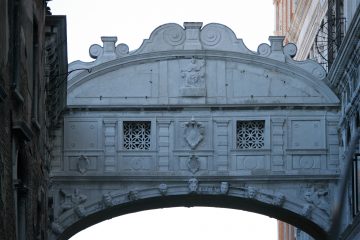Laatste update op 8 May 2020
Via the horse bridge, Ponte Cavallo, you arrive at the square before the impressive Chiesa di santi Giovanni e Paolo, or short: San Zanípolo. The bridge derived its name cavallo (horse) because of the statue of Colleoni on horseback.
The square is definitely worth a visit. In addition the San Zanipolo is highly recommended. You will need to pay only a small entrance fee, which is worth its money.
First something about this bridge. The bridge itself has a litte but special small holy gem: an image of the Queen Maria with Jesus. This bas-relief dates back to 1615 and was applied for the gondolieres. For that cause you can best view it from the water. You can see the bas-relief down to the right (seen from the square, faced to Scuola Grande di San Marco). There are more bridges where somthing similar was applied, amongst them the Ponte di Paglia and Ponte del Fontego.
At Ponte Cavallo Maria is depictured as queen of heaven. She wears a crown and you can spot stars. When the water is low enough, you can even spot the traditional gondolas with ria afgebeeld als koningin van de hemel. Ze draagt een kroon en er zijn sterren afgebeeld. Als het water laag genoeg staat kun je in de onderste band ouderwetse gondels with bonnet (check the larger picture at the bottom of this article).
Bartolomeo Colleoni
At the square there is a statue of Bartolomeo Colleoni. He was an important military figure in Venice. Until his death he was captain-general. He left a large sum of money tot the republic, on condition that a large statue would be erected in front of the San Marco to honour him.
Actually this was a quite unusual request. Strange even, because he must have known about the ban to place statutes at this particular square. Even these days there are no statues at this square. However, the authorities wanted to receive the legate and therefore they provided for a creatieve solution in 1479: a statue would be erected, but it was to be placed in front of Scuola Grande di San Marco. So, the location of the statue was in front of San Marco. A nice twist. So after Verrocchio had won the battle for the job through a wax model design, the brons statue was made. Verrocchio died in 1488, before he had finished the job. It was finished by Alessandro Leopardi.
In some way it is a funny idea that Colleoni payed for his own statue. I wonder if he would agree with the location.
Enormous sum of money
As assumed, the legate of Colleoni was over 200.000 golden en silver ducates. I cannot explain exactly how much value this represents. However, it was very much in those days. Maybe this is a good comparison: from 1600 onwards the church of Campo Santa Maria del Giglio neede to be restored. The façade was made by Sardi somewhere around 1650. At the request of the sponsor several European city plans were depicted on the outside in bas-relief. If these were not applied, he was not willing to sponsor the 30.000 ducates that were needed for the restoration (!). Another indication: 50 Venetian golden ducates (‘zecchini’) represented a value of around 2000 nickels around 1500. That was over a annual salary of a stonemason. So you can image the legate of Colleoni was enormous.
Quite peculiar detail: the same statue of Colleoni can be found in Lincoln Parc, Newark.
Links
- Bartolomeo Colleoni, Wikipedia
- Waymarking, Colleoni
- DBNL, reiskosten/waarde dukaten (punt 5, reiskosten)
Gondels
Click to enhance and you will be able to see the gondolas with their bonnet.








0 Comments